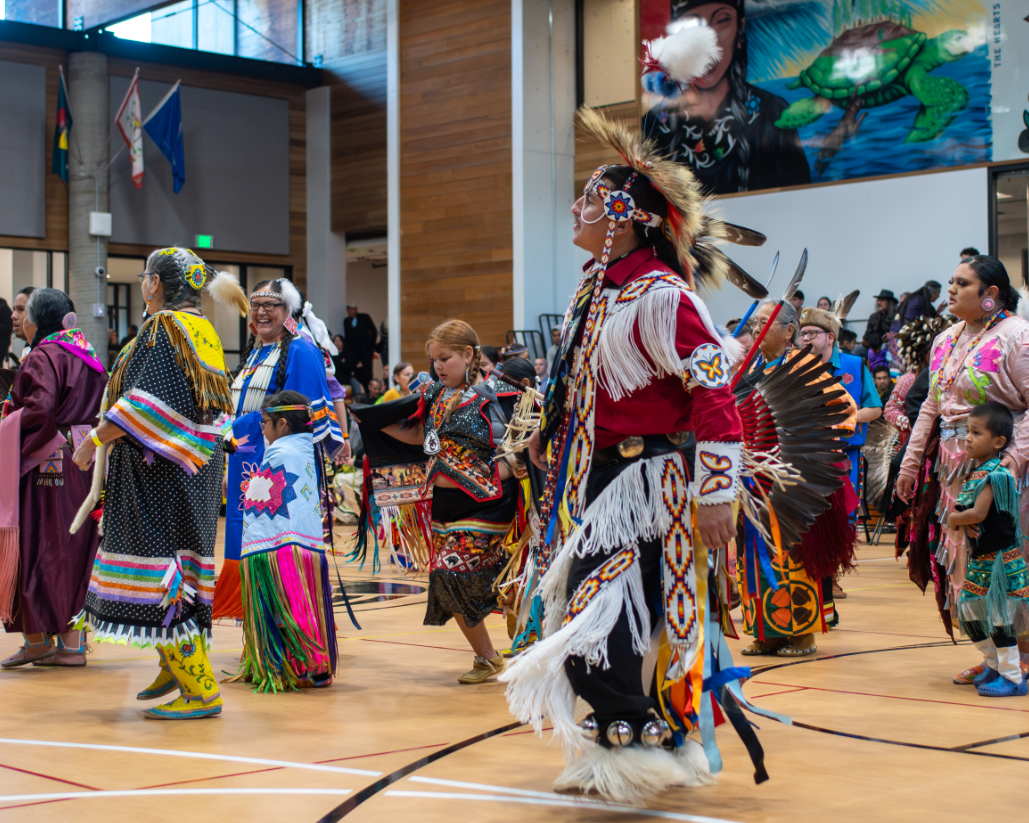Ideological imbalances in law school faculty across the nation may not prepare students for legal careers, according to an article by a Case Western Reserve University law professor.
While some professors and students at the University of Minnesota Law School agree an imbalance exists, they say it doesn’t necessarily have a direct negative impact. Professors also raised questions about the consequences of trying to fix the imbalance.
“The ideological imbalance that pervades legal academia not only fosters groupthink, it undermines the ability of law schools to train effective legal advocates,” Jonathan Adler said in his article.
But law professors Herbert Kritzer and Richard Painter said the faculty members’ political views don’t have a significant impact on students.
Painter, a former ethics lawyer to George W. Bush from 2005 to 2007, said law schools are committed to free speech and teaching to argue for both sides is integral to a legal education.
“In my experience, both sides are very well represented,” said Seth Zawila, president of the University’s American Constitution Society for Law and Policy.
A recent University of Chicago study identified just 15 percent of law professors as conservative.
In the same study, a review of the top 50 law schools showed most universities’ law faculties were more than 50 percent liberal. Over 80 of the University’s law school faculty are liberal, based on donation trends the study showed.
Adler claims in the article that the ideological debate over Neil Gorsuch’s Supreme Court confirmation and his judicial views is due to misinformation, much of it from the ideological imbalance found in schools.
“Training lawyers requires teaching students how to understand and get inside the arguments of those with differing interests, outlooks and orientations,” Adler wrote in the article. “Doing this effectively requires exposure to differing points of view, and that’s difficult to achieve when faculties are ideological monocultures.”
Even though professors’ biases do come through in class, Zawila said most take time to ensure all sides of the argument are covered.
“All perspectives are talked about at the end of the day,” Zawila said. “When you do well in law school, it’s because you understand both sides of the argument.”
While the evidence shows a liberal majority in law faculties, a trend for nearly three decades, there are also schools that trend conservative, Kritzer said.
In the study, law schools at George Mason University, Brigham Young University and Pepperdine University were the only schools where most law professors were identified as conservative.
A certain level of self-selection goes into how law faculties form, as professors might choose to go to schools that lean more toward their own ideologies, Kritzer said.
One of the suggestions the Chicago study gives to rectify the ideological disparity of law faculties is to take ideological diversity into consideration when hiring professors.
But professors say ideological diversity alone should not be a factor in hiring.
Law professor June Carbone said when a law school hires for diversity, it could lead to an emphasis on ideological purity, which isn’t ideal in hiring or teaching, Carbone said.
And Kritzer said groups like minority populations are more likely to lean liberal, while white male lawyers are more likely to be conservative.
Kritzer said hiring involves trade-offs, especially when considering diversity. “The question is: what do you prioritize?”
Carbone said more can be done to ensure diversity in viewpoints, but the alternative is an ideological litmus test, which schools don’t engage in.
“You don’t want a system that says, ‘Today is the liberals’ turn, today is the conservatives’ turn,’” she said. “When we do that, we end up looking for people who are thought to be ‘true’ representatives of a brand and we don’t do that here.”








